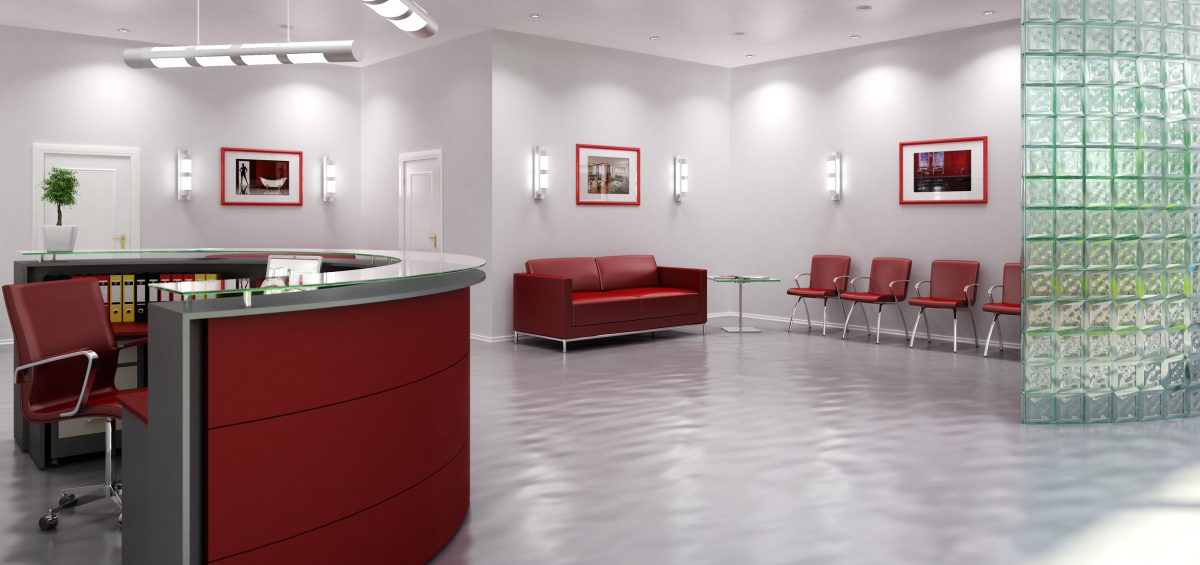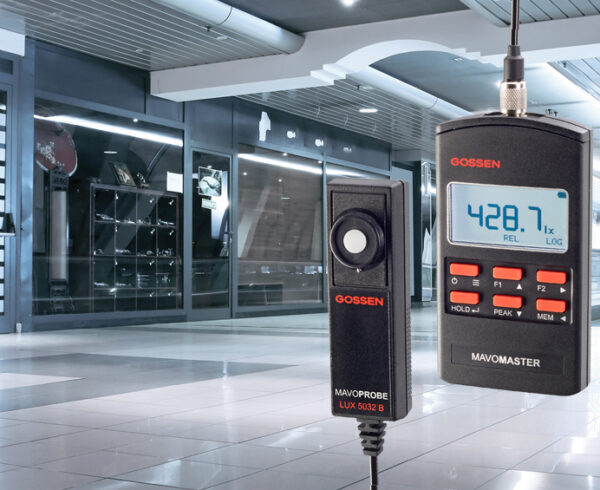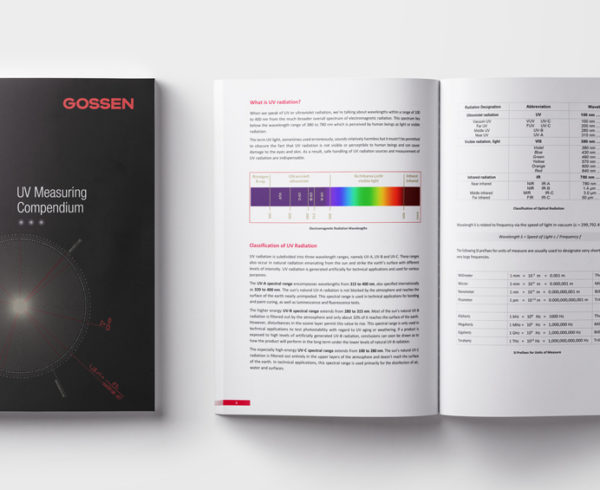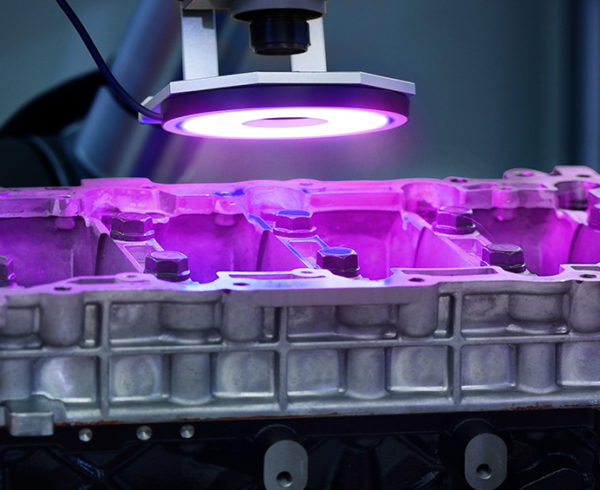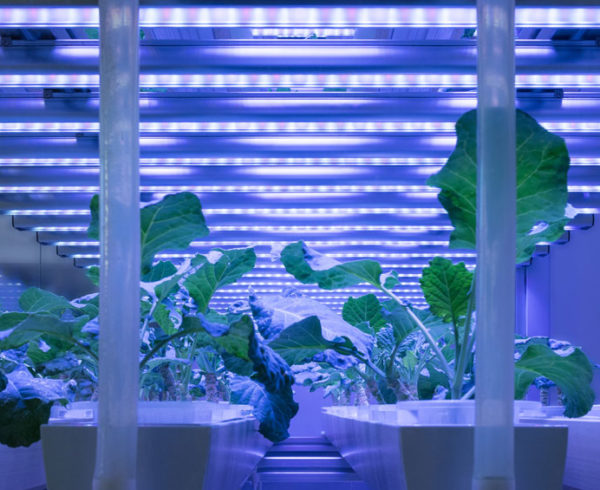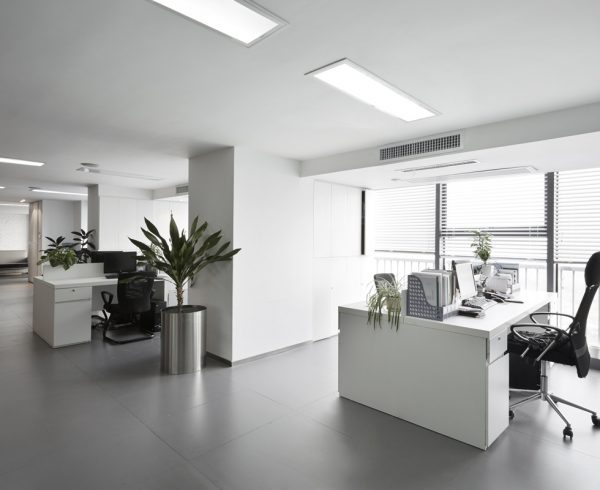In the field of lighting technology, a decisive change has taken place in recent years from the conventional light bulb to the modern LED. LED technology has arrived in the area of workplace lighting as well, where extensive standards and regulations have to be observed. The first part of this series of articles deals with the most important standards and regulations which are significant in this respect, whereas the second part (in edition 7 of Gebäudedigital) addresses the German workplace ordinance which specifies what employers have to adhere to with regard to employee safety and health protection when setting up and operating workplaces.
LED technology has experienced rapid growth in recent years thanks to the development of LEDs with very high luminous efficacy and thus outstanding energy efficiency. In combination with a long service life, impact resistance, minimal heat generation, the absence of an infrared component und fully non-toxic materials, this new technology has fully convinced the users. The long service life makes it possible to install lamps permanently into light fixtures for the first time ever, and opens up entirely new levels of design freedom. This new generation of light fixtures is laid out in a targeted fashion for the radiant characteristics and the cooling requirements of LEDs. In place of the reflectors used as light guides with conventional round spotlights, optical systems made of plastic are frequently positioned in front of the LED today in order to direct the light efficiently. Because it’s easy to control brightness and color, this artificial light can be adapted to changing sunlight during the course of the day, thus increasing one’s sense of wellbeing and improving one’s performance. This biological effect of light is now being correctly understood for the first time. LEDs have thus long since gone beyond their previous status as effects lighting and are being used for display illumination, LED displays and light fixtures. Modern means of transportation, signal systems and street lights, as well as indoor and outdoor lighting, are no longer conceivable without them. With all of this enthusiasm for modern lighting technology and its diverse range of applications, one nevertheless needs to comply with applicable standards and regulations for workplace illumination. This article provides you with a brief summary of the most important regulations and references to source materials, so that you can gather more comprehensive information if necessary.
Room, Task, Activity
Filing Copying Traffic routes
Writing Reading Data processing
CAD workstation
Conference and meeting rooms
Reception counter
Archive
Em
300
500
500
500
300
200
UGRL
19
19
19
19
22
25
Ra
80
80
80
80
80
80
Comments
Work at monitor screens and Special rules
Work at monitor screens and Special rules
It should be possible to regulate lighting
Standards for Workplace Lighting
The DIN standards (German industrial standards), which are national versions of European EN standards, serve as the basis for laying out workplace lighting. They stipulate quantitative and qualitative requirements for the quality of the lighting system. As a rule, standards reflect the state-of-the-art, have an advisory character and are used as a basis for contracts and legal disputes. Standards are freely accessible and can be procured from Beuth Verlag at www.beuth.de.
DIN EN12464
DIN EN12464 (Light and lighting – Lighting of work places – Part 1: Indoor work places) deals with the requirements for lighting in indoor workplaces with reference to visual performance and visual comfort for all common viewing tasks, including viewing tasks at monitor screens. It specifies requirements for lighting with regard to quantity and quality for most workplaces and their associated surfaces. In order to allow planners the greatest possible degree of freedom for innovative lighting systems, no specific solutions are stipulated. Lighting can be provided by means of daylight, artificial light sources or a combination of both. In addition to illuminance, the standard also describes additional quantitative and qualitative quality characteristics for the implementation of a good lighting environment. These include luminance distribution, illuminance, glare, light direction, light color and color rendering, as well as flicker and daylight. The tables in section 5 of the standard specify detailed lighting requirements for rooms (areas), tasks and activities. These include the maintenance value for illuminance, the UGR limit value for glare, the color rendering index and comments regarding exceptions and peculiarities. There are areas with special requirements for color rendering (Ra ≥ 90), which must be considered when using LED lighting.
DIN EN12464-2
DIN EN 12464-2 (Light and lighting – Lighting of work places – Part 2: Outdoor work places) deals with the requirements for lighting in outdoor workplaces with reference to visual performance and visual comfort for all common viewing tasks. It’s laid out like DIN EN12464-1 and stipulates comparable lighting requirements, but it concentrates in particular on nighttime viewing tasks. The tables in section 5 of the standard specify detailed lighting requirements for areas, tasks and activities. These include the maintenance value for illuminance, the minimum value for illuminance uniformity U0, the limit value for glare evaluation GRL, the color rendering index and comments regarding exceptions and peculiarities.
DIN EN1838 – Lighting Applications – Emergency Lighting
Emergency lightning is activated when normal artificial lighting fails and must have an autonomous power supply for this reason. It’s a generic term for stand-by lighting and safety lighting, which is subdivided into safety lighting for escape routes, anti-panic lighting and safety lighting for workplaces which are subject to extraordinary danger. The objective of safety lighting is to enable personnel to reliably stop potentially dangerous work processes and avoid hazardous situations in the event of a general power failure, to get to a place at which an escape route can be clearly recognized as such and to use it in order to safely exit the building or leave the area. In contrast to this, stand-by lighting makes it possible to continue all necessary tasks in an unchanged fashion. DIN EN1838 specifies minimum values for planning and installing stand-by lighting, and for its entire service life. As an example, the table below includes safety lighting requirements for illuminance. Further specifications regarding the width of the lamps and illumination uniformity can be found in the standard.
Required Measuring Instruments
Cosine and V(λ)-corrected measuring instruments with an error tolerance of ≤ 10% are stipulated for on-site measurement of illuminance. Due to the minimal illuminance values, a measuring instrument resolution with at least 2 places to the right of the decimal point is recommended.
Safety Lighting Requirements for Illuminance
Safety Lighting
First-aid stations
Fire fighting equipment and fire alarm systems
Escape routes
Anti-panic lighting
Workplaces subjected to extraordinary danger
Illuminance
E ≥ 5 lx *
E ≥ 5 lx *
E ≥ 1 lx *
E ≥ 0.5 lx *
E ≥ 15 lx und E ≥ 10 %
Color rendering index
Ra > 40 **
Ra > 40 **
Ra > 40 **
Ra > 40 **
Ra > 40 **
* Measurement is taken on the floor up to a maximum height of 20 mm.
** In order to be able to unequivocally recognize safety colors.

